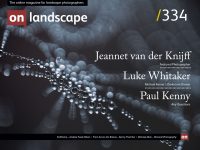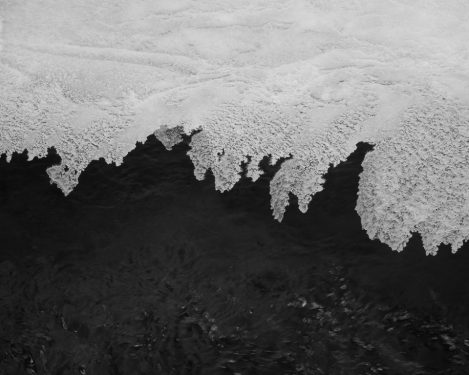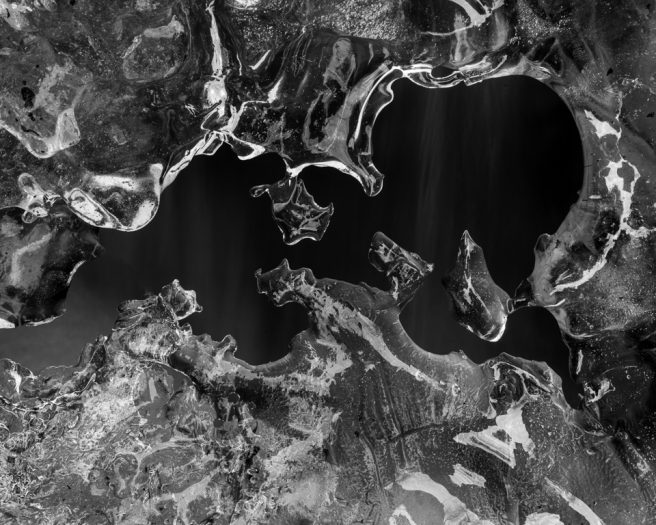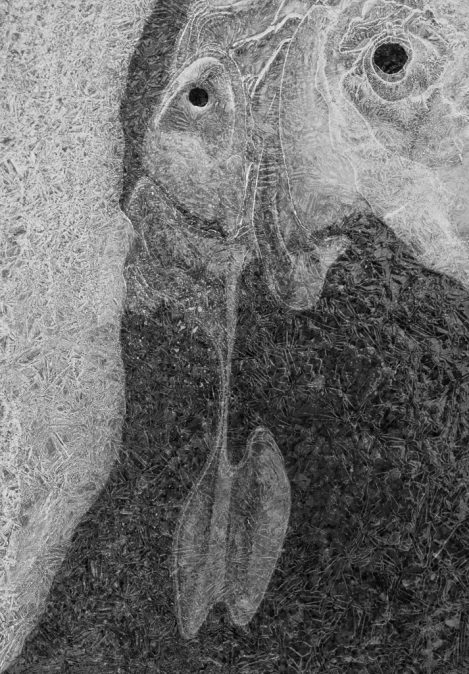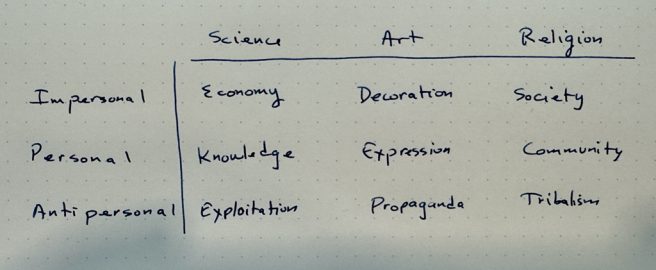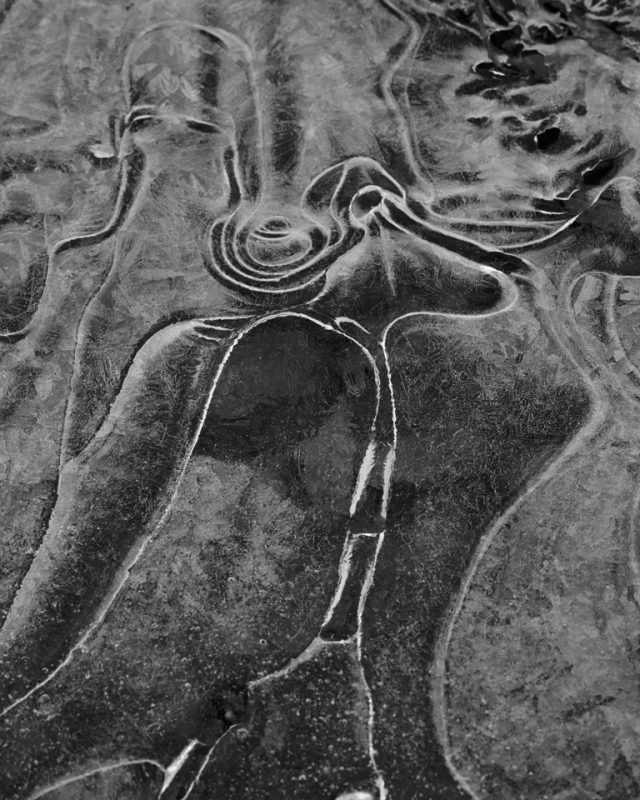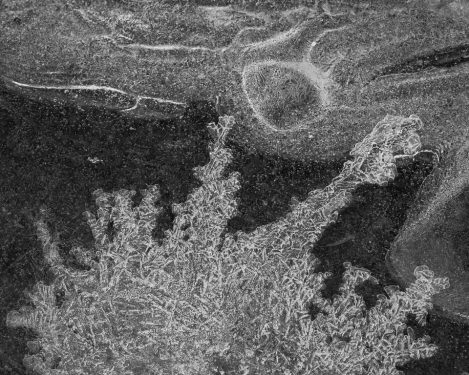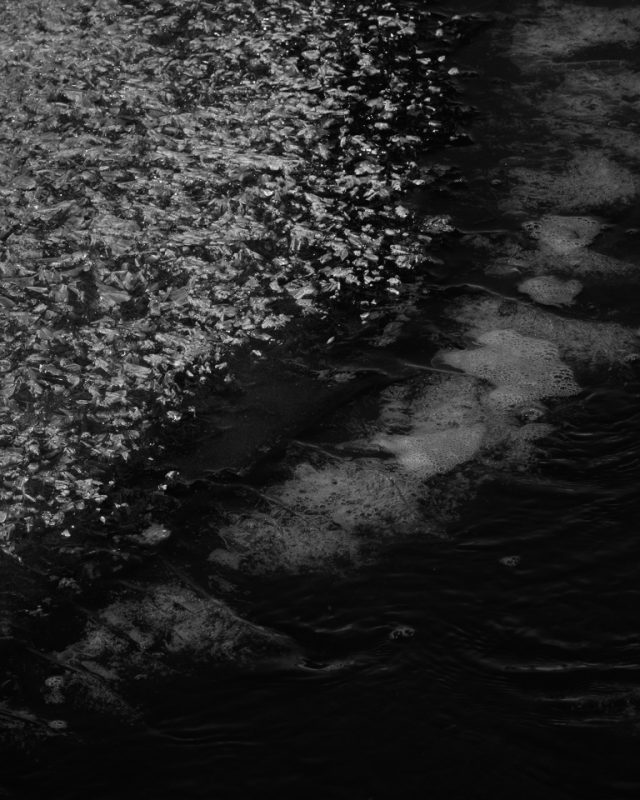When the experience comes first

Michael Allan
My first camera was a half frame Leica with a fixed lens that I would take backpacking in the Sierra Nevada Mountains when I was in high school. I graduated to a Pentax K1000 and Kodachrome when my boys were old enough to backpack in Colorado with me, but when they were teens with a life of their own, the camera went into a drawer. Several years ago I picked up an all in one Sony and started backpacking again. One thing led to another and I bought a Sony A7r, then upgraded that, bought a printer, and I never looked back. I now mostly shoot black and white with a focus on printing.
There is the heart and the mind, the Puritan idea is that the mind must be master. I think the heart should be master and the mind should be the tool and servant of the heart. The man who wants to produce art must have the emotional side first, and this must be reinforced by the practical. ~Robert Henri
Photography is a technology based medium produced by a technological society with a reason-focused worldview. It contains two temptations: decoration and propaganda. However, I propose an attitude that promotes expression. You may or may not agree with me in the end, but if you consider the relationship between your thoughts, values, and attitudes toward photography you may gain something.
What is your relationship with your photographic material?
The Scottish Philosopher John Macmurry struggled with a similar question: what is our relationship with life? As a consequence, he offered a Philosophy of the Personal that I believe offers insights for photographers.
His most fundamental claim is that we should reject “I think” and substitute “I do.” If the “Self” is the “Mind” then it must be a substance or organism. If instead the “Self” is an “Agent” then it is personal and only exists in dynamic relation with the “Other.”.
This is radical when compared to typical Western philosophical tradition and the modern emphasis on rational choice, process oriented business, and law based society; all which operate like machines.
Agency and relationship are the basis of the “Personal,” including our relationship with nature. “I think” is a special case of action where the “Action” is only mental. Most of the time, we are acting with the support of thinking.
The neuroscientist Iain McGilchrist researches the role that the left and right brain hemispheres play, and demonstrates a more complicated relationship between an intuitive function and an analytical function that are highly integrated.
The artist, the philosopher, and the scientist all reach similar conclusions: the modern dualism of the Cogito misrepresents the complexity of humans.
Of course, the poet also has an opinion:
The Waking
I wake to sleep, and take my waking slow.
I feel my fate in what I cannot fear.
I learn by going where I have to go.
We think by feeling. What is there to know?
I hear my being dance from ear to ear.
I wake to sleep, and take my waking slow.
Of those so close beside me, which are you?
God bless the Ground! I shall walk softly there,
And learn by going where I have to go.
Light takes the Tree; but who can tell us how?
The lowly worm climbs up a winding stair;
I wake to sleep, and take my waking slow.
Great Nature has another thing to do
To you and me; so take the lively air,
And, lovely, learn by going where to go.
This shaking keeps me steady. I should know.
What falls away is always. And is near.
I wake to sleep, and take my waking slow.
I learn by going where I have to go.
Theodore Roethke
We think by feeling and doing. The lowly worm climbs because nature has a thing to do. All these speak to action, feeling, and intuition. The certainty of the thinking mind is nowhere present in the paradox of living.
What the philosophy of Macmurry brings to the table is a framework with three types of the “Personal:” Science, Art, and Religion, clarifying the nature of Art and the relationship it implies.
Science considers relationships between “things:” abstraction, the world of cause and effect, prediction, and control. Science produces “knowledge about.”
Art is a relation between an “I” and an “Other:” a concrete other; imagine standing before a specific tree in friendship, with a giving and receiving. Art produces “knowledge of.”
Religion is a relation between people, which I will neglect. My interest is Art and how it is different from Science and what a personal relationship based art means for photography.
Personal Photography finds The Waking by rejecting the modern focus on thinking, analysing, knowing about, and instead focusing on doing, feeling, intuiting: a deep, intimate knowing of, a closeness.
(Pre)-Visualization
For me this is the elephant in the room because it is highly promoted in some photographic circles, but it does not work for me. I don’t mean it can’t produce a good image, I mean I hate doing it and it led me to a search for an art philosophy that could explain what I actually enjoy doing.
My relationship with the landscape and nature was well established long before I had a camera. I grew up outdoors: cycling, hiking, fishing, and backpacking. Sitting still and just looking was something one did when taking a break, eating lunch, or waiting for the sun to go down so you can sleep.
Once I took a camera into the woods, I had a dilemma: how am I going to spend so much time looking and imagining some phantom image that will appear on a computer screen indoors next week, when all I want to do is move and explore?
Relationship First
My way out of this closet was to decide: I must ignore all the current advice about how to make good landscape images and put my relationship with the landscape first. I needed to be myself. Macmurry provided the assurance that I was not crazy and granted permission to ignore the gurus. Even though it might seem silly for a grown man to need these crutches, rejecting advice of well known peers is not always easy.
But now what? How do I take this longing for relationship and turn it into a photograph?
The Impersonal and Antipersonal
Before diving deeper into what a relationship oriented (personal) photography (art) implies, I want to put the “Personal” into a larger context than Macmurray.
Macmurry made a distinction between society and community, which gave me a clue for describing this larger context. Society is the mass version of community, impersonal and based on rules rather than community based on love. Community is the purest form of Religion, but it cannot scale to the size of nations. Art and Science also have Impersonal forms. The Antipersonal form completes the map.
My conceptional model is as follows: Economy (Science), Decoration (Art), Society (Religion) are the impersonal forms; Knowledge (Science), Expression (Art), Community (Religion) are the personal forms; Exploitation (Science), Propaganda (Art), Tribalism (Religion) are the antipersonal, parasitic, or maladaptive forms.
Personal Art, or photography in the present case, sits between decoration/propaganda and knowledge/community. If photography avoids the impersonal and antipersonal it must avoid decoration and propaganda as well as avoid economy, society, exploitation, and tribalism. However, it may rely on knowledge and community for help.
This is an idealized model, so I don’t want to imply it is the only valid approach to photography nor that the box contents contain perfect words. My only claim is that I find this a useful model for understanding and guiding my approach, which aims for Expression.
The model puts Expression into a context for you to explore what it entails by exclusion. For Expression itself, I turn to phenomenology and surrealism for insight.
Phenomenology
We need to address another elephant in the room, that is our worldview, our culture, our knowledge, that baggage we carry around in our heads that affects how we see and pulls us away from Expression.
From the perspective of the Personal Art relationship, the relation between you and nature, baggage is a barrier to Expression. Who has not been in a love relationship with another person and found their family beliefs about roles, or their church’s teaching about authority, or their culture’s current beliefs about how to be together, have gotten in the way? Do we not carry a whole suitcase of cultural into the woods?
No ideas but in things. ~William Carlos Williams
Phenomenology suggests we can give all this stuff the boot and see what is really there. By extension, we can act on what is “actually there” and we can personally relate to what is ‘actually there.” This implies our personal relationship with the landscape and nature is not a threesome. (For “actual,” think Critical Realism)
Henri Bortoft’s “The Wholeness of Nature” is an entry point to a major promoter of phenomenology.
Goethe did not examine the phenomenon intellectually, but rather tried to visualize the phenomenon in his mind in a sensory way—by the process which he called “exact sensorial imagination” (exakte sinnliche Phantasie). Goethe’s way of thinking is concrete, not abstract, and can be described as one of dwelling in the phenomenon
Macmurry describes the art relation as “I” and “Other,” where the “Other” is concrete: that rock, not all rocks, this tree, not trees in general. This sounds similar to Bortoft and Goethe. Theory, language, the analytical, are all made secondary or deemphasized. Bortoft says:
Working with mental images activates a different mode of consciousness which is holistic and intuitive.
He states that our mode of consciousness is either analytical or intuitive. (This sounds a lot like left/right hemispheres described by McGilchrist.) He continues:
The purpose is to develop an organ of perception which can deepen our contact with the phenomenon in a way that is impossible by simply having thoughts about it and working over it with the intellectual mind.
This intuitive mode of consciousness is not scientific and is the essence of art and photography. However, we live in a society that on a good day glorifies science and economy, and on a bad day drifts into exploitation. We can also easily drift into decoration and other forms of commercial art or into propaganda and political art. These may be legitimate forms of photography, but I don’t consider them fully expressive because the artifact becomes an “end” in itself.
Surrealism
The intent of phenomenology goes beyond Macmurray in the sense that one is so engrossed in the other that not only does the analytical mode become inactive, the self might very well efface. What might surrealism contribute to understanding Expression?
André Breton wanted to neuter the “critical faculties:”
...a monologue spoken as rapidly as possible without any intervention on the part of the critical faculties, a monologue consequently unencumbered by the slightest inhibition and which was, as closely as possible, akin to spoken thought.
Breton was influenced by Freud and the trauma of WWI. He was promoting expression of the subconscious disconnected from external reality. However, Yvan Goll looked for grounding:
Reality is the basis of all great things. Without it no life, no substance. The reality is the ground under our feet and the sky on top of the head...Everything the artist creates has its starting point in nature...This transposition of reality into a higher (artistic) plane constitutes Surrealism.
Goll is grounded in experience but wants to transpose reality into something else. Breton focuses on the interior self and Goll focuses on the transcendent other. Breton releases hidden forces, Goll extends reality. Both suppress the critical facility, but neither focus on relationship as primary. These poles are found today in various ideas such as “abstract images representing emotion” or images with a “what else” it is.
What the “Personal” implies is an active relationship based on intuition, not the subconscious or unconscious, not dreams, not analytical thinking, not objective reality.
The photograph is a product of relationship, not the self alone, not the other alone, a relationship between a self and an other, rooted in the action of the photographer. constitutes Surrealism.
My Approach to Personal Photography
I don’t want propose a universal field approach; I will simply describe my practice and how I conceptualize my non-conceptual method. If you buy into the concepts and model I have presented, you will have to derive your own practice from them.
The key element of my process is walking, whether in a park or town, the woods, backpacking, etc. I do not drive somewhere and photograph from the road. I do not setup a tripod at a planned location and wait for sunrise or sunset. My planning goes no further than which canyon I chose to wander in and what kind of weather and season seems interesting.
Walking breaks down my analytical thinking mode, especially when hiking, when getting tired, especially in bad weather, and supremely out in nature. As I walk, because I have been a hiker for fifty years, I can allow my attention to drift off the trail and into the landscape in an intuitive mode without tripping and falling. I simply keep walking and keep looking until some feeling grabs my attention.
Then I stop and “actively” contemplate. Does the feeling persist? What if I move left/right, does the feeling increase? I call this feeling “resonance” because the feeling comes from the relationship I have with what is before me. Resonance occurs between me and other, it is not me alone, as if what I behold is remote.
If the resonance is strong, only then do I remove my pack and take out my camera. I might pack the camera up, walk 10 meters only to stop and take it out again. I do not walk with the camera in hand because it is a temptation to shoot too soon.
Once the camera is out, I start with a 70-200mm zoom most of the time. I zoom in/out, move the camera up/down/left/right, twiddle exposure and depth of field. Maybe make some test shots. I am sensing resonance as I move around seeking for the peak.
At peak I make the final capture.
If the resonance dissipates I pack up and continue walking. If I start analyzing, I put the camera away. When I don’t move on, I usually have frustration or poor results.
Note: I am not composing. I am not using rules. I only work by intuition and feeling.
My digital darkroom process follows the same principles of seeking resonance. I cannot walk and process, so I try to get into a flow state by removing all distractions. If I lose flow, I put the computer down and come back later. Working outside flow also produces frustration or poor results.
Pulling Personal Photography All Together
I will try to summarize with three points that are easy to remember:
- Intuition not Analysis
- Action not Visualization
- Resonance not Composition
Clearly, this is not a means to pleasing other people, it is not a means to win competitions, and certainly is not a means to profit. It is more like participation: an art life; a personal life in photography.
Expressions are a byproduct of personal relationships, not an end in themselves.

